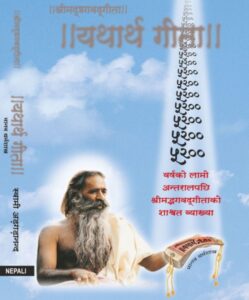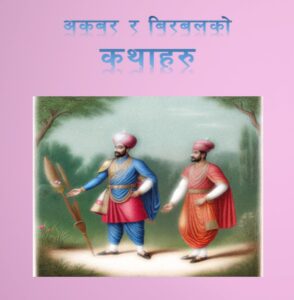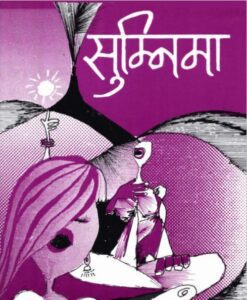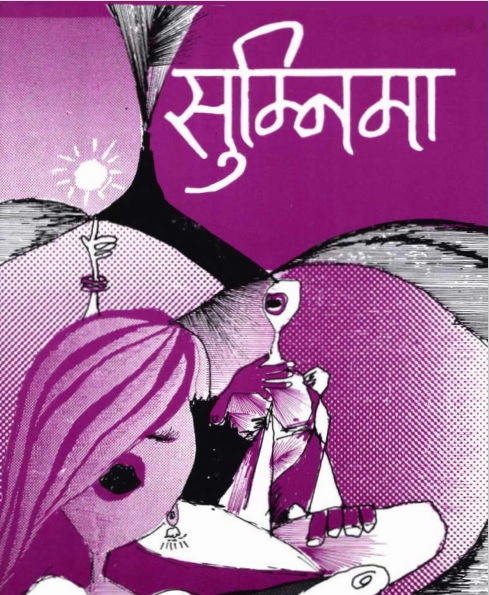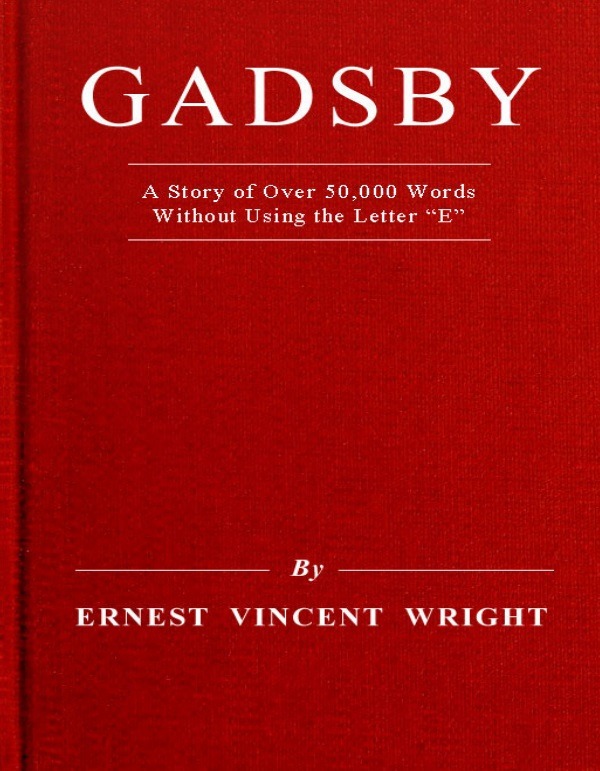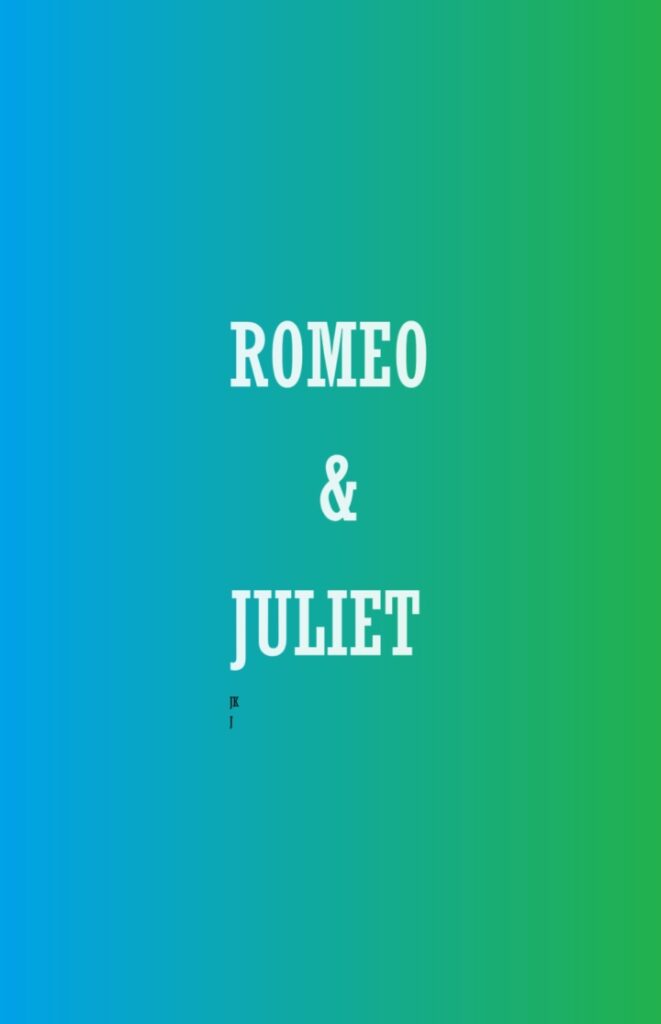
ROMEO AND JULIET
Auther
William Shakespeare

Romeo and Juliet
Romeo and Juliet: Tragedy, Love, and Fate in Shakespeare’s Masterpiece
Introduction:
“Romeo and Juliet,” penned by William Shakespeare in the late 16th century, stands as one of the most enduring and beloved works of literature in the English language. This timeless tragedy unfolds against the backdrop of Verona, Italy, immersing readers and audiences in a tale of star-crossed lovers whose passion defies familial feud and societal norms. In this essay, we delve into the intricate layers of “Romeo and Juliet,” exploring its themes, characters, and enduring significance in the realm of literature and culture.
Historical and Cultural Context:
Shakespeare’s “Romeo and Juliet” was written during a period of intense artistic and intellectual flourishing known as the Renaissance. Set against the backdrop of Italy, a country synonymous with romance and artistic expression, the play captures the essence of the era’s fascination with love, tragedy, and human emotion. Moreover, it reflects the societal structures and conventions of Elizabethan England, where issues of family honor, social hierarchy, and patriarchal authority were paramount.
Plot Summary:
The plot of “Romeo and Juliet” revolves around the love affair between two young individuals from feuding families, the Montagues and the Capulets. Romeo, a member of the Montague household, falls deeply in love with Juliet, the daughter of Lord Capulet, after meeting her at a masquerade ball. Despite the enmity between their families, Romeo and Juliet embark on a clandestine romance, exchanging vows of eternal love in secret. However, their happiness is short-lived as a series of tragic misunderstandings and fatal decisions lead to their untimely demise.
Themes:
At its core, “Romeo and Juliet” explores a myriad of themes that resonate with audiences across generations. Love, undoubtedly the central theme, is depicted in its purest and most passionate form through the love affair between the titular characters. However, the play also delves into themes of fate, free will, societal pressure, and the consequences of impulsive actions. Moreover, it examines the destructive nature of feuds and the human capacity for forgiveness and reconciliation.
Characters:
The characters in “Romeo and Juliet” are vividly drawn and imbued with complexity and depth. Romeo, the impulsive and romantic protagonist, is driven by his emotions and willingness to defy societal norms for the sake of love. Juliet, on the other hand, is portrayed as a mature and courageous young woman who grapples with the conflicting demands of family loyalty and personal desire. The supporting cast, including Mercutio, Tybalt, Friar Laurence, and the Nurse, each play pivotal roles in shaping the fate of the young lovers.
Symbolism and Imagery:
Shakespeare masterfully employs symbolism and imagery throughout “Romeo and Juliet” to enhance its thematic resonance and emotional impact. The recurring motif of light and dark, for instance, serves as a metaphor for the contrasting forces of love and hate, life and death. The iconic balcony scene, where Romeo professes his love for Juliet under the cloak of night, has become emblematic of romantic longing and youthful passion. Likewise, the use of celestial imagery, such as references to stars and fate, underscores the inevitability of the lovers’ tragic destiny.
Tragic Elements:
“Romeo and Juliet” is quintessentially a tragedy, characterized by its depiction of suffering, loss, and inevitability. The play’s tragic elements are evident from the outset, as the prologue foretells the untimely deaths of the young lovers. Throughout the narrative, a sense of impending doom permeates the atmosphere, heightening the tension and emotional stakes. The climax, marked by the double suicide of Romeo and Juliet, is a poignant reminder of the fragility of human existence and the power of fate to thwart even the purest of intentions.
Cultural Legacy:
Over the centuries, “Romeo and Juliet” has left an indelible mark on literature, theater, and popular culture worldwide. Its universal themes of love, conflict, and tragedy continue to resonate with audiences of all ages and backgrounds. Countless adaptations, including stage productions, films, ballets, and operas, have reimagined Shakespeare’s masterpiece for new generations, ensuring its enduring relevance in the modern era. Moreover, the play’s iconic characters, memorable quotes, and timeless scenes have become ingrained in the collective consciousness, serving as touchstones for artists, scholars, and romantics alike.
Conclusion:
In conclusion, “Romeo and Juliet” stands as a testament to Shakespeare’s unparalleled genius and the enduring power of storytelling to capture the complexities of the human experience. Through its timeless themes, unforgettable characters, and tragic narrative, the play continues to captivate audiences and provoke profound reflection on the nature of love, fate, and mortality. As a cornerstone of Western literature and culture, “Romeo and Juliet” ” Romeo and Juliet” remains as poignant and applicable moment as it was over four centuries agone, a testament to its enduring heritage as one of the topmost workshop of literature ever written.

